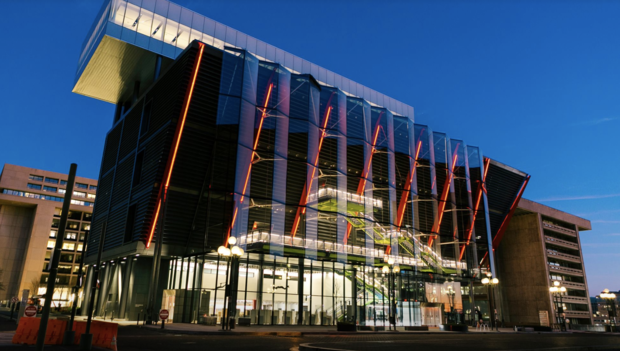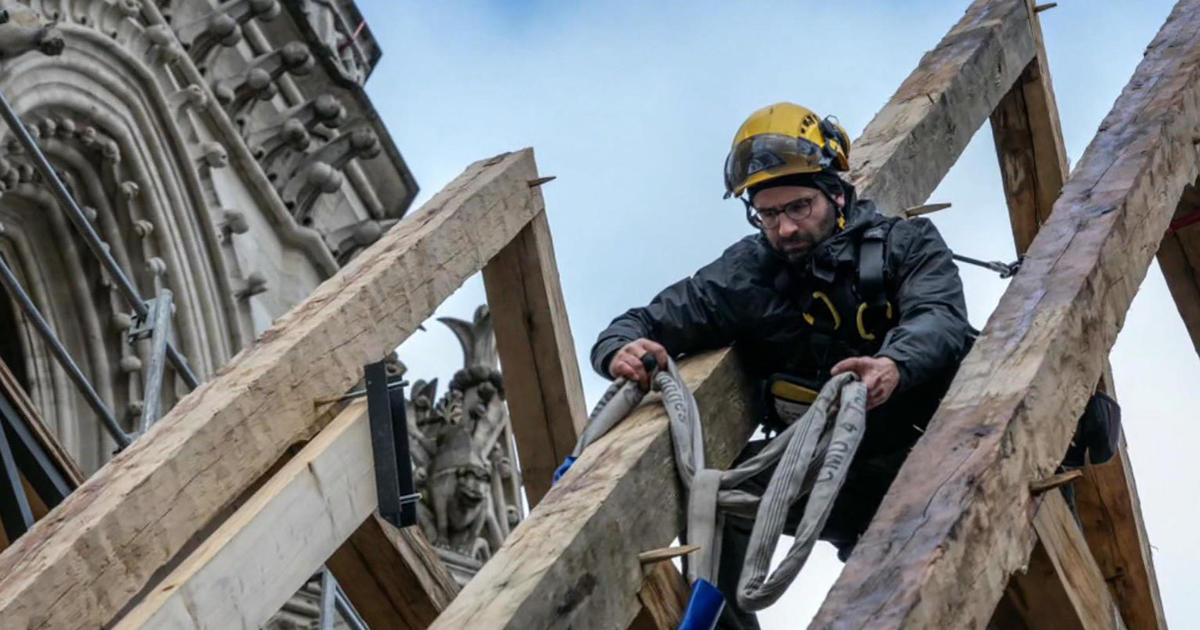Spy Museum to offer newly dimensional look into world of espionage
After almost three years and more than $160 million spent on the construction of an expanded, purpose-designed building, the International Spy Museum is set to reopen this weekend in a new location – L'Enfant Plaza in Washington, D.C. – where it will offer a newly dimensional look into the world of espionage.
The more than 140,000-square foot space contains more than 7,000 spy artifacts – many of them donated by intelligence historian and private collector H. Keith Melton – that together offer a more holistic view of intelligence work than could be showcased in the museum's previous, smaller incarnation downtown, where human spies were a primary focus.
"We wanted to focus on a universal story – and that is espionage that plays out in the shadows across the globe," said the museum's executive director, Chris Costa. "We've studied how people learn. Technologies have changed. And we wanted to be more expansive…which means we wanted to tell stories of analytical trade craft," he said.
In an interview with Intelligence Matters host and CBS News senior national security contributor Michael Morell, who is also on the museum's honorary board of directors, Costa said part of the purpose of the newly reimagined exhibitions is to explain not only the technical aspects of spycraft, but also some of its moral dimensions.
"What we do is focus first, one whole floor, on how you spy," he said. "That's the tactics, the techniques, the products, the tradecraft, the gadgetry of espionage. And that's exciting."
"But the next floor will be why you spy," he said. "[W]hy does a nation spy? A totalitarian regime spies to protect its way of life. And a democracy functions to protect our way of life. And we'll juxtapose both of those environments in the museum."
The museum features the work of both heroes and traitors in the annals of intelligence – who is which, its curators say, can depend on the eye of the beholder. The story of Edward Snowden's 2013 disclosures is prominently featured, and there is an entire room focused solely on enhanced interrogation. "What is torture?" is scrawled across one wall, above an actual waterboard. A small confinement box, used to keep captives in stress positions, stands against another.
"We recognized it was a sensitive issue," Costa, a former career U.S. Army Intelligence officer, said. "But what's important to note is we didn't shy away from telling a story that evokes a lot of emotion."
"So we wanted to tell that story, but we wanted to do it with the ethos of not only museum people -- experts at curation -- but also the way intelligence people operate," he told Morell.
A video display in the room features interviews with former intelligence officials and other experts within the community who offer arguments for and against using the interrogation techniques – a concerted choice, Costa said.
"We provide facts and let others make their determination. We don't tell people what to think," Costa said. "I feel as an intelligence professional, had we not told those stories, then we weren't being true to our ethos."
For much more from Michael Morell's conversation with Chris Costa, you can listen to the new episode and subscribe to "Intelligence Matters" here.




